2017.03.18 Week 12 Day 1
Saturday was spent shopping (at the Mercado di Sant’Ambrogio) and preparing for a dinner party for my fellow students and teachers. It was a beautiful day—warm enough for short sleeved T-shirt. The meal I am cooking tonight for my fellow students and our three teachers:
- Organic Tagliatelle with tomatoes, fennel and onions cooked in white wine, lemon juice and olive oil with pine nuts
- Salad of organic red arugula with shredded carrots, red onions and diced red peppers
- And of course a proper choice of wine.
It was wonderful to have the class and instructors together in a relaxed setting—and to get to know each of them better.
2017.03.19 Week 12 Day 2
Sunday had a lazy start and strong finish. I had planned on walking 5 miles but ended up going 9.4 miles (21,550 steps) because of the weather and the new territory that I was exploring. I followed the advice in “Frienze: The Walking City” —a wonderful App on the iPhone that has the walking route mapped out with markers for important places and buildings. It tracks your location as you move along the route. When one clicks on an icon, the information about the place pops up. I walked from my house to the Piazza Taddeo Gaddi to start the preplanned route. Some stops along the way included:
- Ippodromo del Visarno (Hippodrome)
The Società Anonima Fiorentia Corse (Florentine Race Course) was established in 1847 - The Pyramid
This was built to house ice from the river to cool cheeses produced on the Grand ducal farm. It is only ornamental now. - Piazzale John Fitzgerald Kennedy
- Prato del Quercione
Named after an ancient oak (lost in the 1900s) the vast field was once for grazing cattle. The “Fontana dei Mascheroni (Fountain of Masks) is located at the mid-point of the playing fields. It is an octagonal monument, designed by Guiseppe Manetti for Pietro Leopoldo to “enable’ the hydraulic pump used to irrigate the grazing fields in the summer and whenever there was a water shortage. The mater gushes from “masks”. - Parco delle Cascine
Created in the second half of the 16th century as a farm, it was owned by Alessandro and Cosimo I de’ Medici to be used as a hunting ground and grazing area. Cascine is the beech presses used in pressing the curds to make cheese. - Via del Galoppatorio dei Barberi
Named after the racing of Berber horses on June 24, The Feast of John the Baptist who is the patron saint of the city. - Monumento all’indiano
Designed by the British Sculptor Fuller, it memorializes the young Indian Prince Rajaram Chatrapati who died in Florence on a return trip from London in 1870. His ashes were strewn at the confluence of the Arno and Mugone Rivers where the small park is located. - Gardens of the Arno Embankment
A beautiful linear park with pairs of oaks running parallel to the river.
2017.03.20-24 Week 12 Day 3-7 Class 51-55 (Last week of the Winter Trimester)
The last week of the trimester went by in a flash. The fastest week of the term. What happened:
- I competed the major shadow forms of my Bargue #3: Jupiter. I made a tremendous amount of progress in less than 2 weeks. But I will have to finish it in the first few weeks of the second term. Once it is done, I will move on to charcoal drawing from plaster casts.
- The last week saw the conclusion of a 9 day pose. We went through every stage of the process except the final one: rendering.
- Gesture: establish to flow lines in the form. This phase is where we design the form of the art work. It is a crucial phase since we are not recreating the exact body form. We are designing a drawing (or later a painting) for the viewer based on the overall gesture of the model. This was revealing to me: the model is the framework but the artist establishes the emotional message.
- Construct: Add the major turning points in the form based on boney landmarks
- Articulation: keeping the two previous steps, this is a very fine-tuned exercise that establish the detailed turning points of the body form. We articulate, as accurately and as finely as possible (very sharp 2B pencil) the subtle shifts in the muscle intersections and boney landmarks.
- Shadow Forms: We set the dark values of the form first by shading in the major shadow forms. We follow the “bed bug line” to establish the shadow forms. This term refers to the nature of the bed bug: it does not like light. So this is the line on the body where the true shadow intersects with the light falling on the form. We ignore reflected light, shading, etc.
- Big Form Modeling: This stage renders the “big forms” of the body. Big form refers to looking at the body as a series of pure forms like cones, cylinders (legs), cubes (knees), etc. We try to render a “turn” of the form from dark to light. We have to remember that we are only establishing the “big form” and ignore all other details and subtle shapes. This process also helps to establish the value range.
- Fall of the light: This is modeling the form from the darkest (furthest from the light source) to the mid-point of the body form. In the seated pose (this last project) there is no fall of light.
- Variations of the Dark: Within the Shadow Forms there are subtle shapes of the body (like the breasts and stomach in this last exercise). We have to establish a tonal value range that “reveals” the form without destroying the overall value range of the shadow shape. This was a very subtle and difficult step in the process. My natural inclination was to render these independent of the overall tonal value of the body. I learned a great deal in this phase.
- Planes of Light: This was a bit rushed (we only had 1/2 of the 3 hour pose). But, I got the gist of it. The key lessons to remember are:
- We are adding “notes” on the body form that are related to actual anatomical features.
- This phase adds more information so that the viewer can read the structure of the anatomy through changes in value tones.
- Different areas of the body have different values. The “boney parts,” for example, have different values that a muscle. These include knees, elbows, wrists, feet, etc.
- The muscles are much more subtle that the boney parts.
- It is crucial to keep the big form modeling through strengthening when needed.
- We must keep the contrast subtle and related to the detail in the light source.
- We must work on the whole body at once keeping all of the above in mind. If we get trapped into working in one area we will loose the overall value scale and relational scale of the body sections.
- Darken the darkest and keep the lightest light.
- This work is only done with the stump brush. No pencil allowed.
- No details are to be added. The big form will reveal the gesture and create the overall sense of an artwork.
- The planes of the light takes the least amount of time of the whole process but critically only strengthens previous phases–not eradicate.
It was a great 11 weeks. As I have posted in previous eleven posts, I discovered and faced head-on my many faults (there are many). I also learned how to learn again. Having been away from “formal” education for 45 years, it took awhile to get into gear. But once I established the flow I was able to learn a tremendous amount. In one of his lectures, the founder of the school said “it take a minimum of 10,000 hours to master this.” I only have 9,505 hours to go!
Here is the last two week pose in sequence:










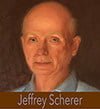
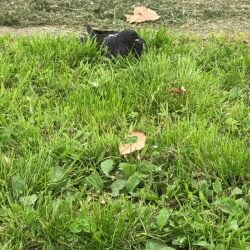
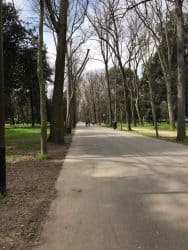

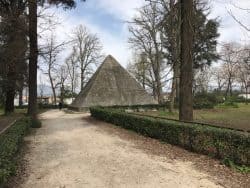
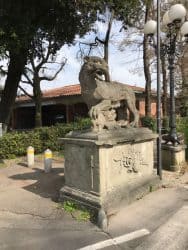
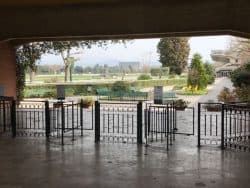
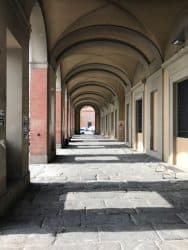
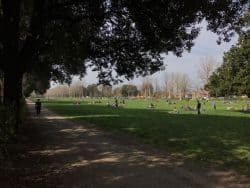
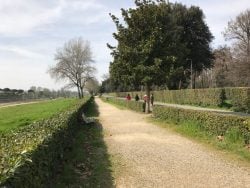
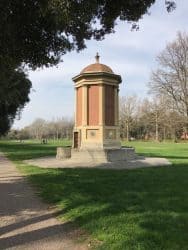
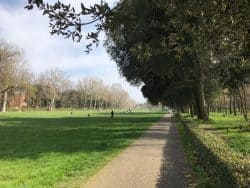
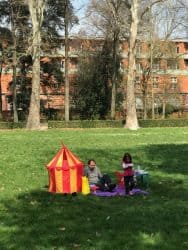
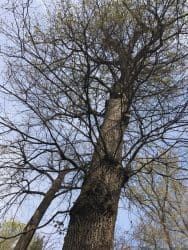
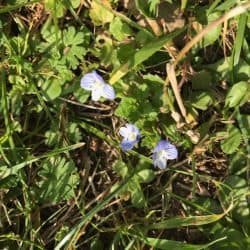

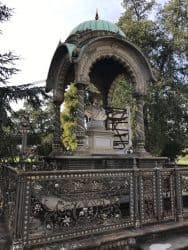
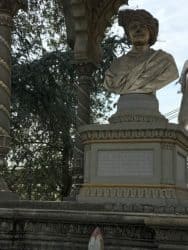
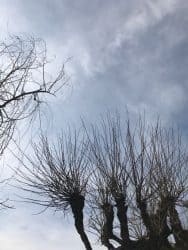
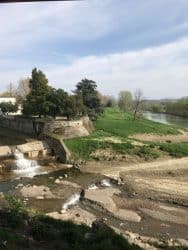
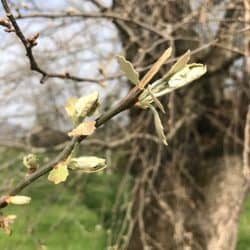

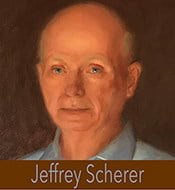
Recent Comments